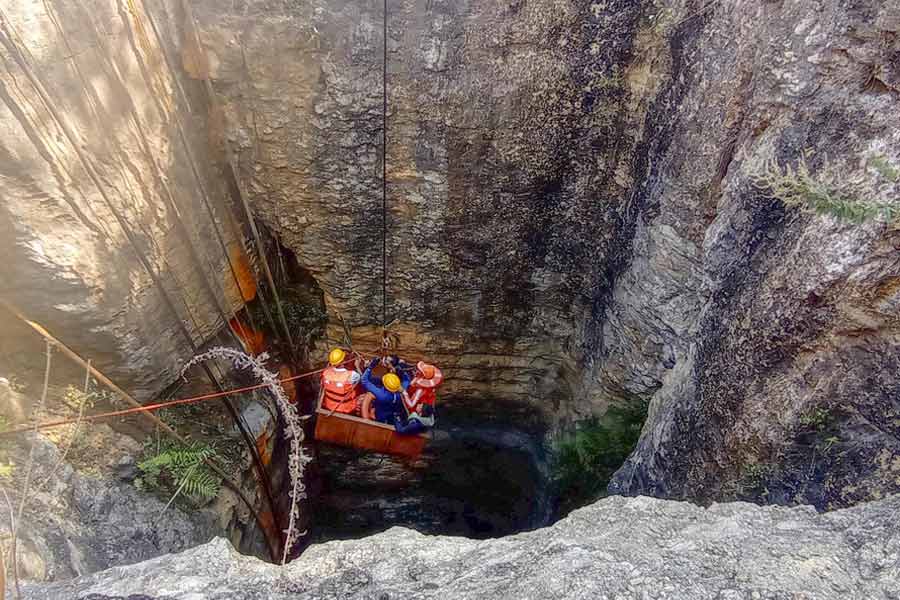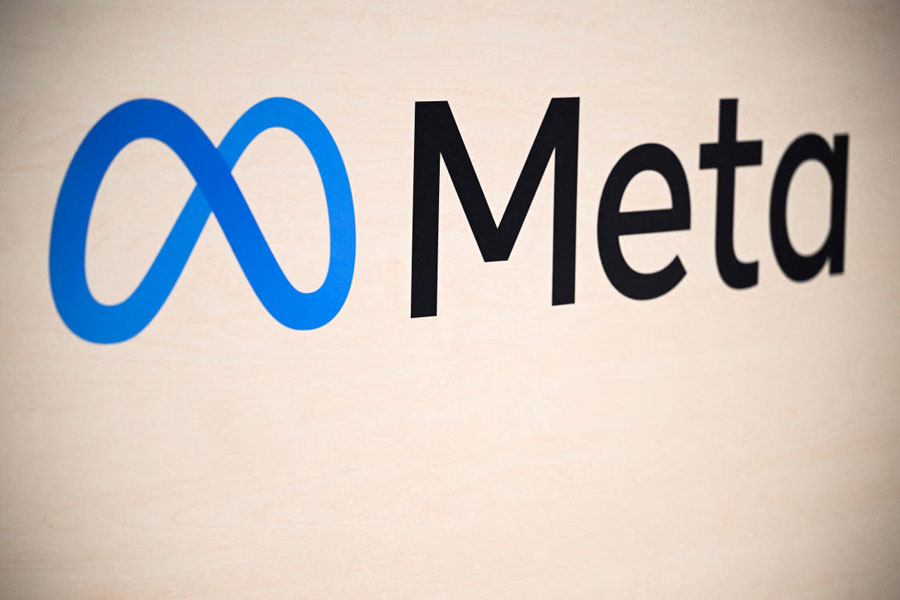I write, occasionally, on the culture and the politics of Indian food. My first attempts at this more than a decade ago led a few senior historians to advise me to stick to more ‘solid’ subjects like nationalism or peasant movements. Indeed, if South Asian Studies were a room at that point, food history would not be a big elephant in it. Nurtured for several decades by the magisterial work of the lonesome pioneer-figure, K.T. Achaya, the alimentary aspects of Indian history and their connection with the complexities of its political and economic systems, as well as its social structures and cultural sensibilities, had only fitfully started to stoke serious scholarly interest back then.
Although that situation stands substantially changed now, studies of the relationship between food and regimes of power, and of the culture and the politics of food and cuisine as important constituents of the self-making of different classes and communities, remain startlingly scarce. And, yet, the public keeps lapping up a seemingly endless supply of food-related books, shows, blogs, and vlogs in the world of print and digital media. Cookbooks in English as well as in the regional languages keep pouring out from the publishing mill. Cookery shows — including self-consciously curated and ethnicised ‘village cooking’ performances — enjoy rising TRPs almost everywhere.
Then there are the vicarious pleasures and wonders of reading about the grand repasts of the rich and powerful. Heads of State attending last September’s G20 Summit in New Delhi were treated to a gala dinner whose menu did two things — first, systematically exclude India’s immense variety of non-vegetarian food and, second, showcase millet as a grain that symbolised, as it were, the quintessence of India. Paatram (“foxtail millet leaf crisps topped with a yoghurt sphere and spiced chutney”) for a starter; Vanavarnam (“jackfruit galette served with glazed forest mushrooms, little millet crisp and curry leaf–tossed Kerala red rice”) among the mains; and segueing seamlessly into Madhurima ‘Pot of gold’ (“cardamom scented Barnyard millet pudding, fig-peach compote and Ambemohar rice crisps”) for dessert! The only other instance in recent memory of such extravagant vegetarian creativity is the 2,500-dish Ambani wedding menu, fragments of which — with appetisingly phantasmagorical names such as tender coconut carpaccio, asparagus and pine nut caldin, wok-tossed edamame and brussels sprouts kismur and so on — were leaked out in the media.
But at the other end of this food spectrum, this of course is also a time when debates rage in India over the State’s interference in the food habits of the people and the lynching of Muslims and sometimes non-Muslims ‘by mistake’ by murderous gau rakshaks on the suspicion of eating beef. At this fraught moment in our history, it’s imperative that we take note of the enormous diversity of food cultures in India, a diversity that has historically spawned grandeur as well as austerity, epicurism as well as minimalism, and sustained a culinary tradition that has borrowed food ingredients and cooking styles heavily and openly from all corners of the world. This aspect of our being has been capacious enough to straddle struggles for subsistence, social mobility, diversity, pluralism, and nuanced adaptations as well as aspirations of various kinds. Such processes are also complicated by questions of caste, class, community, and gender.
Given this, it’s intriguing that though food history in India has now taken off in a significant manner, the number of books on Dalit foodways — in a country whose historians have shaped the epochal Subaltern Studies project — remains virtually non-existent. In 2009, students and faculty of the Women’s Studies Centre of the University of Pune failed to find a dedicated Dalit cookbook in the city’s bookstores. So they went ahead and documented the life stories of a few representatives of the Matang, Valmiki, and Pinjari castes in the form of a pioneering booklet, Isn’t this Plate Indian? Dalit Histories and Memories of Food. This was followed in 2015 by a defiant text in Marathi, Anna He Apurna Brahma, by Shahu Patole, a government official. Finally translated into English just a few months ago under the somewhat anodyne title, Dalit Kitchens of Marathwada, the book’s tenor is set by its original Marathi title, which contradicts the saying of the seventeenth-century saint, Ramdas, “Anna He Purna Brahma” (‘Food is the complete truth, the eternal life-creating force’). Patole contends that the Dalits’ meal is always incomplete (and their plate sparsely filled) because god’s grace, though supposedly omnipresent, stops short of the Dalit’s bowl or plate.
The book vividly describes the endless struggles of the Dalits to fill their plate with food foraged from the leftovers of ‘mainstream’ society. Many Dalits, even seven decades into Independence, have neither the means, nor the right, nor the guts to buy meat from a regular shop, so they are compelled to procure meat from the animal carcasses — usually of cows — left in the dump yard. Another alternative involves a long wait outside a butcher’s shop to collect the blood of a freshly slaughtered animal, which can be simmered into solid blocks, to be cut into cubes, and added with chopped onions, chillies, and coriander leaves to make the Mang and Mahar delicacy of ‘Lakuti’. Cooking oil being unaffordable, these ‘taboo’ delicacies would be cooked, invariably, in beef fat or pig lard.
While on this subject, another figure that springs to mind is the Pune-based Dalit artist and author, Rajyashri Goody, whose ‘Writing Recipes’, a poetry project based on “extracts that discuss food (or lack of it) in Dalit autobiographies”, takes us on a deep dive into an India steeped in the desperate struggles of subalterns to put something on their plates. Goody’s project is inspired by Laxman Gaikwad’s autobiographical novel, Uchalya (translated into English as The Branded), named after a community that the British stigmatised as ‘thieves’ and branded as a ‘criminal tribe’.
What did such ‘theft’ involve? The sequence begins with a Dalit kid and his father going out to catch field rats, which are then set free on the landlord’s wheat, jowar (sorghum) or bajra (pearl millet) fields, from where they would carry grains in their mouths and disappear back into their burrows. Then — in a hunger-fuelled twist — they would be pulled out to be roasted and eaten, and the grains in their mouths ground and roasted into the subaltern flatbread called bhakri. This is the millet, purloined from doomed wild rats, that defines another India lurking behind the glitz of G20 culinary politics. These everyday, real-life stories, seemingly exogenous to the bubbles we inhabit, are inescapably built into the India we live in.
And yet, we remain blissfully unaware of them, while gloating over the ‘soft power’ dinners served to heads of States and the glitterati in gala gatherings. We ease into our settees to watch the series, Bizarre Foods, in which the chef, Andrew Zimmern, bonds affably with the world’s indigenous communities and enters their kitchens to exoticise, indeed ‘Otherise’, their foodways; or to watch blood pudding or blutwurst become an expensive delicacy under the guidance of the chef extraordinaire, Gordon Ramsay; or to see mushrooms, wild berries, and greens foraged (à la the wild rat with its fate foretold in Uchalya) from the rustic countryside deftly manipulated into Michelin–aspirant haute cuisine dishes. This is the varnashram that we, the bhadralok and the chatterati, willy-nilly practise today in a manner that echoes the anthropology that Whites in the eighteenth and nineteenth centuries developed around the communities they stigmatised as ‘primitive’.
It’s high time that this insidious practice was outed. Not only the gau rakshaks but we, the self-absorbed bhadralok, remain answerable to the question that reverberates all around us — deafeningly — isn’t this plate Indian?
Jayanta Sengupta is Director, Alipore Museum; jsengupt@gmail.com










